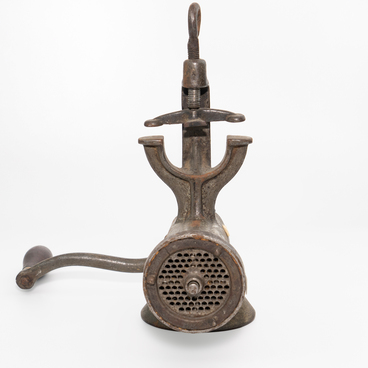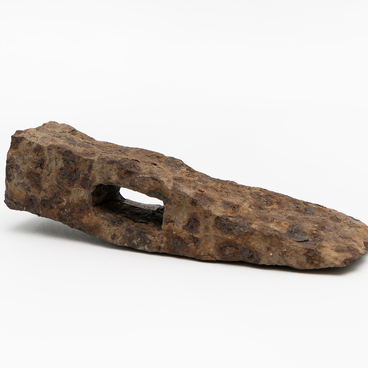The first publications about the discovery of a ceramic sculpture of a female head date back to the beginning of archaeological excavations of ancient monuments in the lower reaches of the Amur River. The find was documented by the Soviet archaeologist, ethnographer and historian Alexey Pavlovich Okladnikov during the Far Eastern Archaeological Expedition of the Siberian Branch of the USSR Academy of Sciences in the 1960s.
One of the first objects of archaeological excavations was a monument near the Nanai village of Kondon in the Solnechny district of the Khabarovsk Territory. The ceramic sculpture, which, in the press and scientific publications, was called Venus and Aphrodite, was discovered by researchers in the area of the foundation pit of dwelling No. 3.
Later on, this find served as a certain standard for the discovery of such sculptures. The works were quite common in ancient settlements of the new Stone Age on the Amur, scientists attributed them to the Voznesenovo culture of the late Neolithic, to the end of the 3rd — middle of the 2nd millennium BCE.
“Amur Venuses” were found in the ancient settlements of Condon (Solnechny district), Voznesenovskoye (Amur district), Sucha and Malaya Gavan (Ulchi district), Gasia (Nanai district). The female head of a ceramic sculpture from the settlement of Hummi-1 in the Komsomolsk district was found by an archaeologist in 2011.
For a long time, researchers have been studying the conditions of the finds, the characteristic features of morphology and the cult purpose of the figurines. According to one of the assumptions of scientists, such objects were an integral part of the ritual dedicated to the birth of the World, the Universe and the Progenitors.




